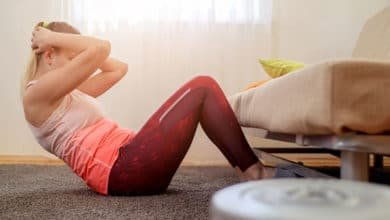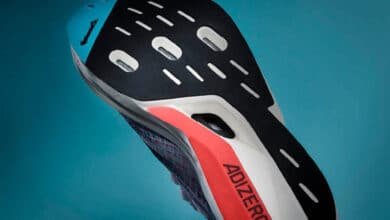So, you’ve decided to become a runner in the Philippines. Congratulations, ka-fit buddy! You’ve chosen a path to a healthier, stronger you. But let’s be honest, running here isn’t just about putting one foot in front of the other. It’s about battling an opponent that never gets tired: the glorious, unforgiving tropical heat. That feeling of init and humidity that can turn a refreshing 5K into a grueling test of will. If you’re a beginner, this can feel overwhelming. But fear not! With the right strategy, you can conquer the climate and cross that finish line with a smile.
This guide is your localized marathon Manila training plan starter kit, focusing on two crucial elements for success: heat acclimatization and a rock-solid hydration strategy. Think of this as your cheat sheet for fun run beginner hydration and beyond.
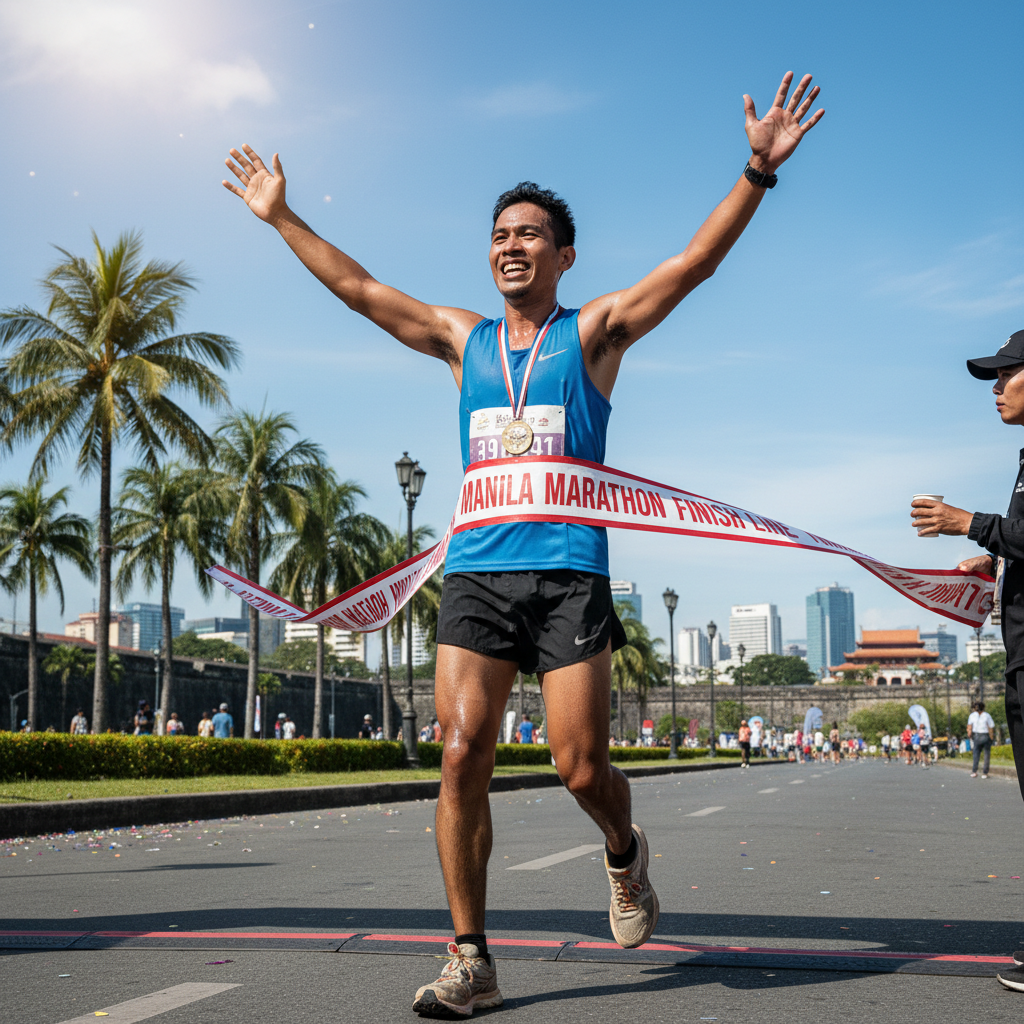
Sanayin ang Katawan: Mastering Heat Acclimatization
You can’t change the weather, but you can train your body to adapt to it. This process is called heat acclimatization, and it’s your secret weapon. It’s about teaching your body to cool itself more efficiently. Here’s how you can do it safely.
Start Slow and Steady: Dahan-dahan Lang
Your first few runs in the heat shouldn’t be about speed or distance. They should be about survival and adaptation. Begin with shorter, less intense runs than you’re used to. Your body needs time to adjust—usually about 10 to 14 days of consistent exposure. During this period, your body learns to sweat more efficiently and maintain a lower core temperature. Don’t be a hero; listen to your body’s initial complaints. This is one of the most important Philippines running tips heat warriors need to learn.
Timing is Everything: Run Before the Sun Wakes Up or After It Sleeps
The Filipino sun is no joke, especially between 10 a.m. and 4 p.m. The smartest runners in Manila hit the pavement when the rest of the city is either still asleep or winding down. Aim for early morning runs (5-6 a.m.) or late evening sessions (post-7 p.m.). The temperature is lower, the humidity is slightly more bearable, and you avoid the harshest UV rays. This simple change in your training schedule can make a world of difference to your performance and safety.
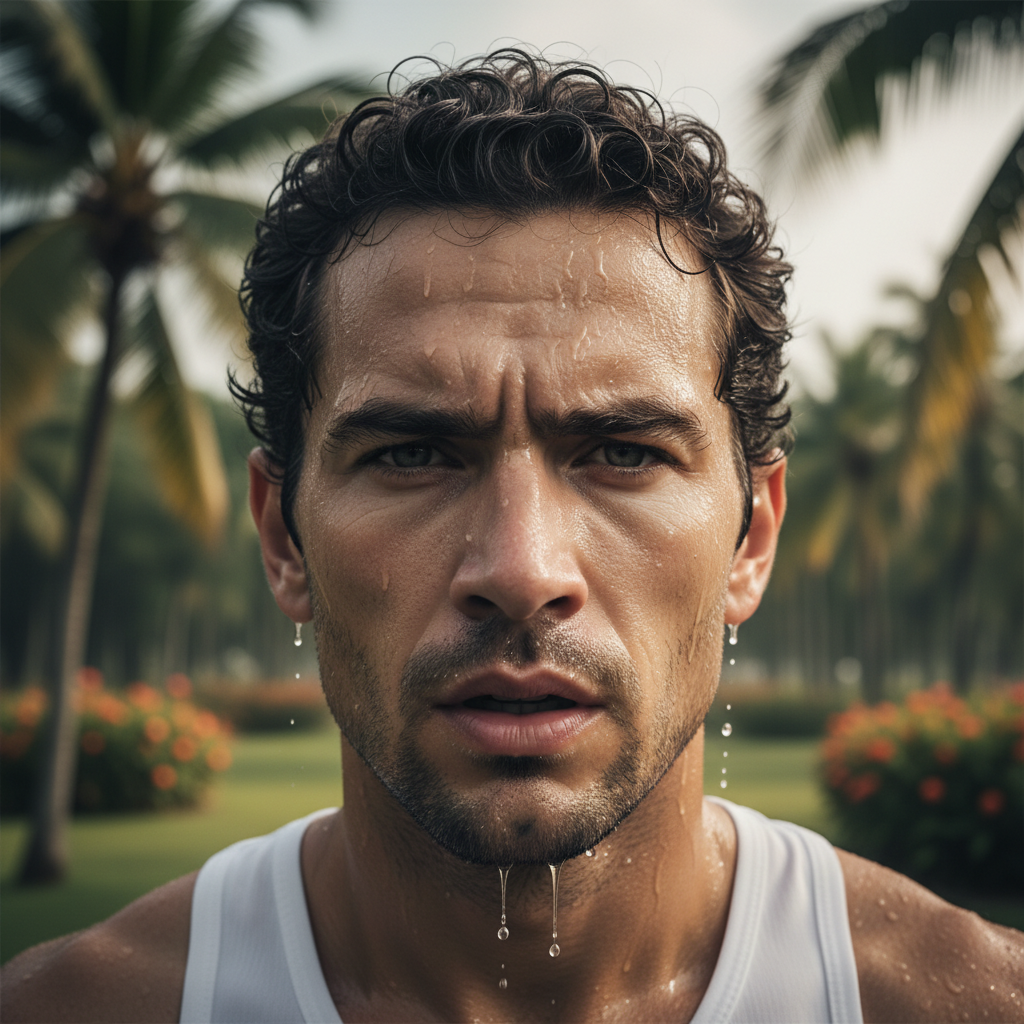
Dress for Success: The Right Gear Matters
Leave the cotton shirts at home! Cotton absorbs sweat and traps heat against your skin, making you feel hotter and heavier. Instead, invest in lightweight, moisture-wicking apparel. These technical fabrics pull sweat away from your body, allowing it to evaporate and cool you down. Choose light-colored clothing that reflects sunlight. A breathable cap and sunglasses are also your best friends on the road.
Your Race Day Hydration Strategy: From Start to Finish
Proper hydration isn’t just about drinking water during the run. It’s a multi-day strategy that can make or break your race day experience. Here’s a simple, effective plan for beginners tackling their first fun run or marathon.
The Pre-Hydration Phase (2-3 Days Before)
Start upping your water intake a few days before the event. Don’t just chug water on race morning. Your goal is to be fully hydrated long before you get to the starting line. A good indicator is the color of your urine—it should be a light, pale yellow. Avoid excessive alcohol and caffeine, as they can have a dehydrating effect. Sip water consistently throughout the day.
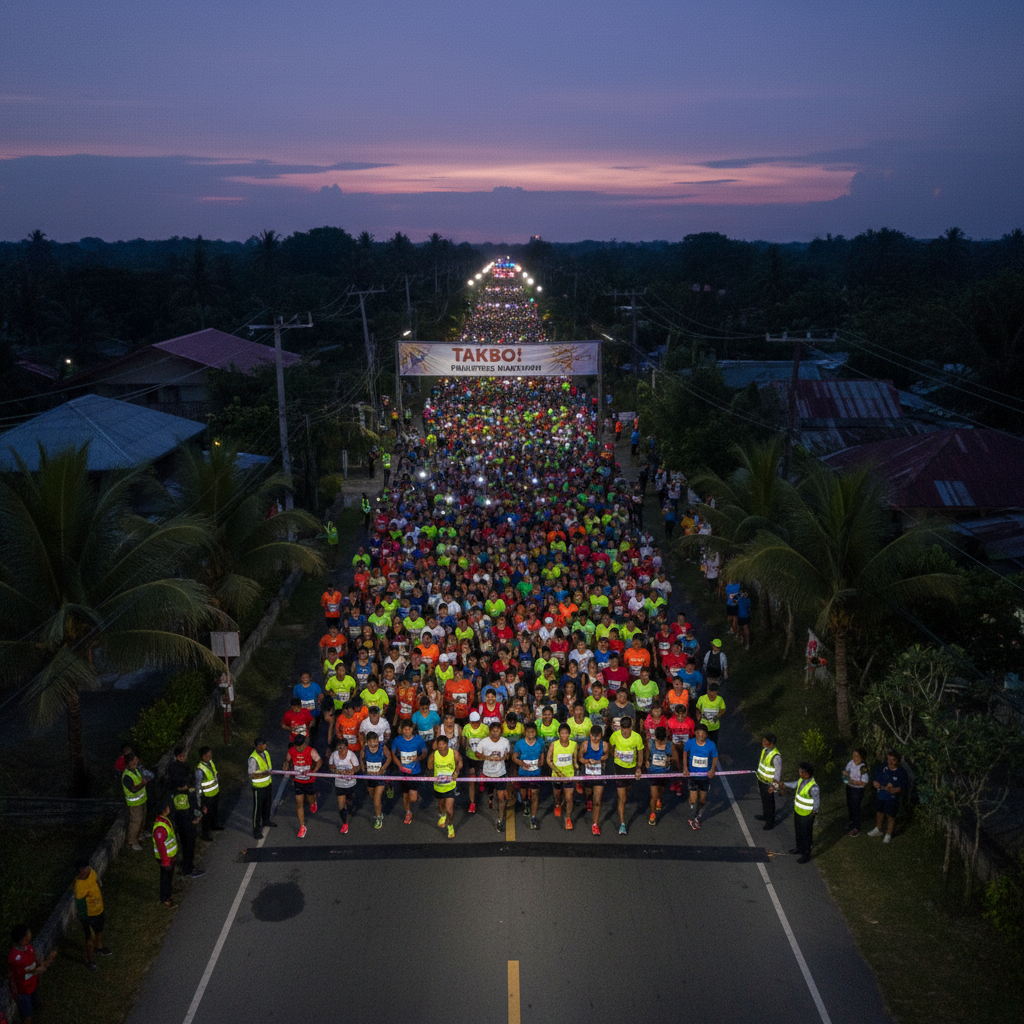
Race Day: Sip, Don’t Gulp
On the morning of the race, drink a glass or two of water about 2 hours before gun start. This gives your body time to absorb what it needs and flush out the rest. During the run, take advantage of every hydration station. Take small, consistent sips of water. For longer distances (10K and above), it’s crucial to replenish electrolytes lost through sweat. Most races provide sports drinks—take them! They contain the sodium and potassium your muscles need to keep firing properly.
Post-Run Recovery: Replenish and Repair
You crossed the finish line—amazing! But your job isn’t done. The recovery phase is critical. Start rehydrating immediately with water and an electrolyte drink. Your body also needs protein and carbohydrates to repair muscle and restore energy. A banana, a protein shake, or a light meal within an hour of finishing will do wonders. And don’t forget to stretch! A good post-run stretching routine can prevent injuries and improve your recovery time. For a great routine, check out these 10 stretching exercises for improved flexibility to keep your muscles in top shape for your next run.
Running in the Philippines is a rewarding journey. It builds not just physical strength, but mental toughness or lakas ng loob. By respecting the climate, training smart, and mastering your hydration, you’ll be well on your way to conquering any road, any distance.
Now that you’re armed with the knowledge to train effectively, it’s time to put it to the test! Ready to find your next challenge?
Check out our complete list of running events in the Philippines for 2025 and sign up for your next race!
 |
